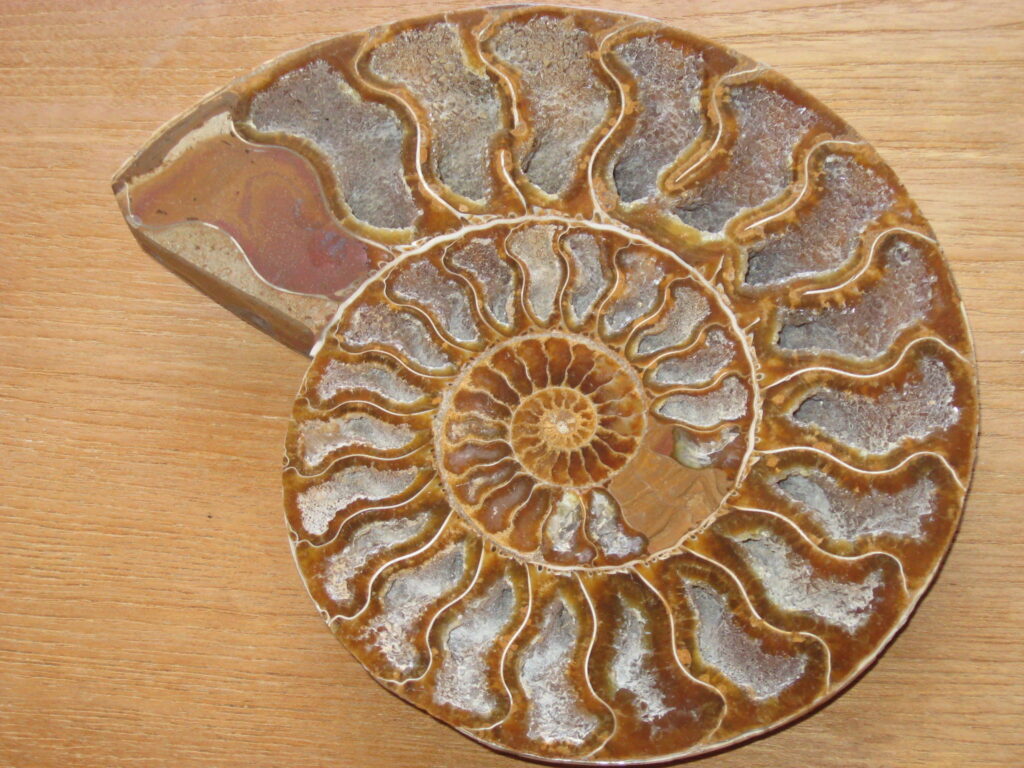Somatic Movement Education teaches us to listen to our bodies.
We learn to integrate body and mind, move with more ease, and develop the inner resilience we need to thrive.



“Soma” refers to the body experienced from within.
In somatic practices, our own moving, living bodies are the ‘lab’ through with we learn about ourselves. Derived from the Greek word, somatikos, meaning pertaining to the body, somatics is a professional field that encompasses a range of body/mind approaches involving movement and sensory perception from a first-person perspective.
Somatic movement education practices may include learning to notice and repattern habitual ways of moving that may be causing strain, stress, injury, or a range of other physical and emotional issues. As we become aware of and learn to consciously re-pattern habitual ways of moving, we activate more of our own innate body/mind intelligence. This begins a process of self-inquiry and learning that empowers us toward more ongoing, sustainable self-care.
Based in anatomy and physiology, somatic practices provide embodied learning in a cross-curricular approach blending science, movement, mindfulness, social-emotional learning and arts. This helps us understand more about our body/mind and move toward greater integration. Through these practices we create a dynamic, embodied presence that leads to improved physical, mental, emotional, and spiritual well being.

“There is something in nature that forms patterns. We, as part of nature, also form patterns. The mind is like the wind and the body is like the sand; if you want to know how the wind is blowing, you have to look at the sand.”
—Bonnie Bainbridge Cohen, founder of Body-Mind Centering®
from Sensing, Feeling, and Action, Contact Editions, 1993
Brief History of Somatic Movement Education
The term “somatics” was used by Thomas Hanna, founder of Hanna Somatics, who first distinguished between the “soma” (lived experience) and the physical “body.” Hanna used the term “somatics” to name a field of study that had developed in the early part of the twentieth century in Europe and the U.S. Somatics refers to the whole person – physical, emotional, psychological, and spiritual. Although the term somatics refers to disciplines developed primarily in Europe and the U.S., many somatic principles are acknowledged to have roots in indigenous wisdom.
Key figures in the evolution of Somatic Movement Education include Rudolf Laban (Laban Movement Analysis), F.M. Alexander (Alexander Technique), Mabel Todd (Ideokinesis), Dr. Ida Rolf (Rolfing), Dr. Moshe Feldenkrais (Feldenkrais Method), Emile Conrad (Continuum), Bonnie Bainbridge Cohen (Body-Mind Centering®), Thomas Hanna (Hanna Somatics), and Imrgard Barteneieff (Bartenieff Fundamentals™).
Somatic Movement Education is practiced worldwide in various forms, with practitioners now being certified by the International Somatic Movement Education and Therapy Association (ISMETA).
“The human body is not an instrument to be used, but a realm of one’s being to be experienced, explored, enriched, and thereby, educated.“
—Thomas Hanna, founder of Hanna Somatics